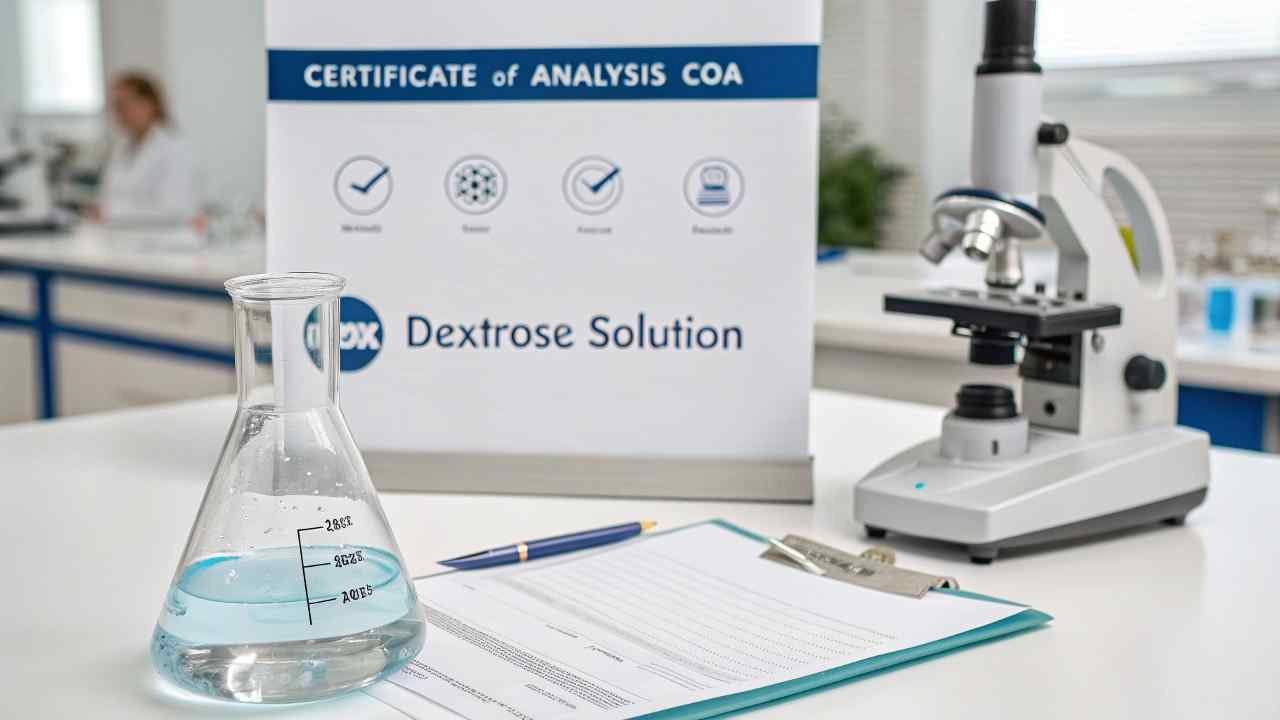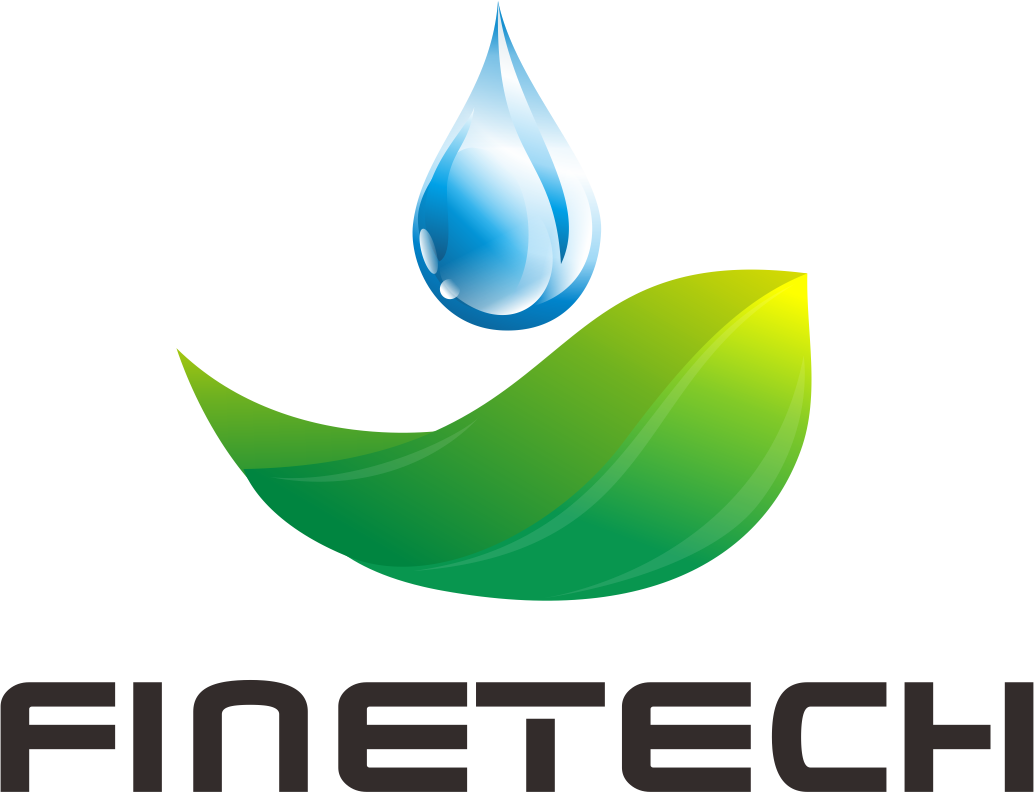Confused about dextrose rules on labels? Need clarity on regulations for imported ingredients? Let's quickly cover how dextrose is regulated and labeled.
Dextrose is globally recognized as safe (GRAS in the US) and regulated by bodies like FDA and EFSA. It must be labeled clearly, often as 'dextrose' or 'glucose', considering source (allergens/GMO) and purity standards.
Navigating the regulations for food ingredients is critical to our business at FINETECH. Our clients rely on us to ensure that every product meets strict quality and regulatory standards for global markets. Delays or issues due to non-compliance are major pain points we help them avoid.
What are the key international regulatory requirements for using dextrose as a food additive?
Exporting food products globally? Worried about meeting different international rules for dextrose? Let's break down the main regulatory requirements you need to know.
Dextrose (glucose) is widely accepted as safe internationally. Codex Alimentarius provides global standards, while national bodies like FDA (US) and EFSA (EU) have specific approvals and purity rules.

Globally, there's broad agreement on dextrose safety. Codex Alimentarius sets international reference standards, important for many export markets FINETECH serves (Middle East, SE Asia).
Key regional bodies include:
- US FDA: Considers dextrose GRAS (Generally Recognized As Safe).
- EU (EFSA): Permits dextrose as a food ingredient, with purity criteria.
- National Bodies (e.g., SFDA): Often align with Codex/FDA/EFSA but may require specific registration or certifications (like Halal).
The main principle is using dextrose according to Good Manufacturing Practices (GMP)1 and meeting purity standards. There's no specific safety intake limit (ADI) as it's a basic carbohydrate. FINETECH ensures compliance with these standards.
Regulatory Overview:
| Body/Standard | Dextrose Status Summary | Key Point |
|---|---|---|
| Codex | Standardized Reference | Baseline for global trade |
| US FDA | GRAS | Safe based on history, needs purity |
| EU | Permitted Ingredient | Purity rules, labeling |
| National Bodies | Generally Approved | Specific local reqs. (e.g., Halal) |
| GMP | Use minimum needed, ensure purity | Universal expectation |
How must dextrose be declared on ingredient lists according to FDA and EFSA guidelines?
Confused about how to list dextrose on your product label? Need to know the rules for major markets like the US and EU? Let's clarify the labeling requirements.
Both FDA (US) and EFSA (EU) require listing dextrose by its common name, usually "dextrose" or "glucose", in descending order by weight in the ingredient list.

Accurate labeling is essential. Regulators require clear information for consumers. Both the US and EU follow the principle of listing ingredients by weight, from most to least.
- US (FDA): The common name is typically "dextrose". "Glucose" or "corn sugar" might appear but are less standard for the pure form.
- EU (EFSA): The common names are often "glucose" or "dextrose". The source might sometimes be mentioned (e.g., related to allergens).
Regardless of region, use the clear common name ("dextrose" or "glucose") and list it in the correct order by weight. Allergen and GMO labeling rules also apply. As a supplier, FINETECH provides clear product specifications to help our clients label correctly.
Comparison of FDA and EFSA Naming:
| Region | Primary Regulation | Common Term(s) for D-Glucose | Order Requirement |
|---|---|---|---|
| USA | FDA Food Labeling Guide | Dextrose, Glucose, Corn Sugar | Descending order by weight |
| EU | FIC Regulation 1169/2011 | Glucose, Dextrose | Descending order by weight |
Is dextrose commonly derived from sources considered major allergens?
Concerned about allergens from dextrose sources like wheat? Need to know the risk? Let's check the source materials quickly.
Dextrose usually comes from corn (not a major allergen) or sometimes wheat (a major allergen). However, heavy processing typically removes allergenic proteins, often exempting it from allergen labeling.

Allergen control is critical. While wheat is a major allergen2, dextrose production involves intense purification that removes proteins like gluten.
- Corn Source: No major allergen concern.
- Wheat Source: Wheat is an allergen, BUT the refining process is usually effective enough to remove the protein.
- Regulatory Exemptions: Both the EU and US often exempt highly refined ingredients like wheat-derived dextrose from mandatory allergen labeling because the allergenic protein is removed below threshold levels.
Despite exemptions, transparency about the source is good practice. Some buyers may specifically request dextrose from non-allergenic sources like corn.
Allergen Source vs. Labeling Needs:
| Dextrose Source | Allergen Status of Source | Typical Allergen Labeling Need for Dextrose | Reason for Exemption (if applicable) |
|---|---|---|---|
| Corn | Not a major allergen | No | Source is not a major allergen. |
| Wheat | Major Allergen | Often No (Exempted in EU/US) | Highly refined; processing removes protein. |
| Tapioca | Not a major allergen | No | Source is not a major allergen. |
| Potato | Not a major allergen | No | Source is not a major allergen. |
| Rice | Not a major allergen | No | Source is not a major allergen. |
At FINETECH, we understand the importance of allergen control. We work with suppliers to provide clear information on the source material3 and ensure processing meets standards, offering certifications4 (like gluten-free if requested and applicable) to meet the specific needs of clients, especially those supplying sensitive markets or consumers. Transparency about the source (even if exempt from labeling) is always best practice.
What are the implications of GMO versus non-GMO sourcing for dextrose labeling?
Worried about GMO corn in dextrose? How does this affect labeling in different markets? Let's quickly cover GMOs and dextrose.
Much dextrose comes from GMO corn. Labeling rules vary widely: the EU requires strict GMO labeling based on source, while US rules focus on detectable modified material (often absent in refined dextrose).

GMO corn is common, so standard dextrose is often derived from it. The refining process removes GMO DNA/protein, leading to different labeling approaches:
-
EU: Focuses on the source. If derived from GMO corn (above 0.9% threshold), it must be labeled as GMO, regardless of final product content. Non-GMO sourcing5 is often needed for the EU market.
-
US (NBFDS): Focuses on detectable modified material in the final food. Highly refined dextrose often does not require GMO labeling under this standard, even if from GMO corn.
GMO Labeling (Dextrose from GMO Corn):
| Region | Focus | Label Required? | Key Point |
|---|---|---|---|
| USA | Detectable Material | Often No | Refinement removes GMO material |
| EU | Source/Process | Yes | Strict rules based on origin |
At FINETECH, we cater to diverse market needs. We offer both standard dextrose (often from GMO corn, suitable for many markets) and certified non-GMO options for clients whose distribution network might include Europe or other regions demanding non-GMO products. We ensure clear documentation regarding GMO status based on client requirements and destination market regulations.
Are there specific purity standards dextrose must meet for food-grade classification?
How pure must dextrose be for food? Are there official quality benchmarks? Let's look at food-grade purity standards.
Yes, food-grade dextrose must meet strict purity standards defined in pharmacopoeias (like USP, Ph. Eur.) or food chemical codices (like FCC). These specify limits for impurities like heavy metals, ash, and moisture.

Purity is essential for food safety. Official standards bodies publish monographs defining quality:
- USP (United States Pharmacopeia)
- Ph. Eur. (European Pharmacopoeia)
- FCC (Food Chemicals Codex)
- JSFA (Japan’s Specifications and Standards for Food Additives6)
- National Standards: Many countries might also have specific national standards that often align with or reference these major compendia.
These standards set limits for:
- Assay (% pure glucose, usually >99%)
- Moisture (Loss on Drying)
- Ash (Inorganic impurities)
- Heavy Metals (Lead, Arsenic limits in ppm)
- Microbiological safety (bacteria, yeast/mold counts)
Reputable suppliers like FINETECH provide a Certificate of Analysis (CoA) with each batch of dextrose. The CoA documents the specific test results for that batch against the agreed-upon specification (e.g., USP, FCC, or client-specific requirements), confirming it meets the purity standards. This documentation is crucial for quality assurance and traceability.
Example Purity Specs (Illustrative - actual limits vary by standard):
| Parameter | Typical Specification Limit Example | Importance |
|---|---|---|
| Assay (Dry Basis) | ≥ 99.5% | Confirms purity of D-glucose |
| Loss on Drying (Mono) | 8.0% - 9.5% | Defines monohydrate form, stability |
| Sulphated Ash | ≤ 0.1% | Indicates level of inorganic salts |
| Lead (Pb) | ≤ 0.5 ppm | Ensures safety (toxic metal limit) |
| Arsenic (As) | ≤ 1 ppm | Ensures safety (toxic metal limit) |
| Total Plate Count | < 1000 cfu/g | Indicates microbiological cleanliness |
| Salmonella | Negative / 25g | Ensures absence of harmful bacteria |
Meeting these strict purity standards is essential for classifying dextrose as food-grade and is a core part of the quality guarantee FINETECH provides to all its clients.
Conclusion
Dextrose regulation involves global safety acceptance, clear labeling ('dextrose'/'glucose'), managing allergen/GMO sources per regional rules, and meeting strict purity standards confirmed by analysis.
-
Understanding GMP is crucial for ensuring product quality and safety in manufacturing processes. Explore this link to learn more about its importance. ↩
-
Learning about wheat as a major allergen can inform better dietary choices and safety measures for those with allergies. ↩
-
Understanding the significance of source material can enhance your knowledge of product integrity and consumer trust. ↩
-
Exploring various certifications can help you ensure compliance and meet consumer demands effectively. ↩
-
Exploring the significance of non-GMO sourcing can provide insights into market demands and consumer preferences in the EU. ↩
-
Understanding these standards is crucial for compliance and safety in food production in Japan. ↩


